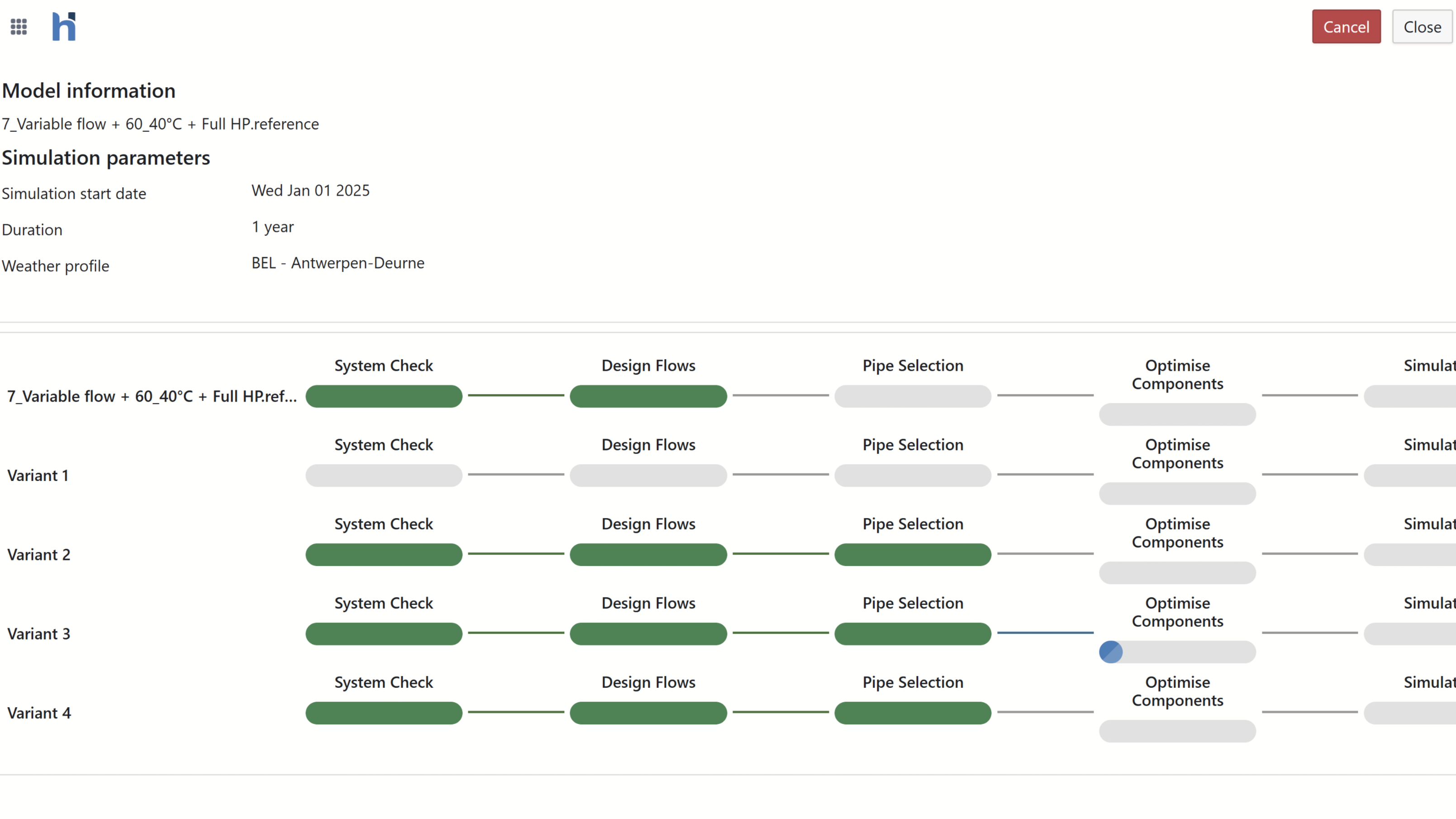Making Smarter HVAC Decisions with Portfolio-Level Data
Too many HVAC upgrades are based on assumptions. Discover how data-driven insights help prioritise the right projects, at the right time, with measurable return.
Too many HVAC upgrades are based on assumptions. Discover how data-driven insights help prioritise the right projects, at the right time, with measurable return.
Managing HVAC systems across a building portfolio often involves juggling competing pressures—carbon reduction, comfort complaints, operational budgets, and evolving compliance standards.
Yet many decisions still rely on gut feel, legacy assumptions, or whichever building is shouting loudest.
By combining simulation and real performance data, portfolio owners can move from reactive fixes to proactive strategies—investing where it matters most, with evidence to back every decision.
Not all buildings—or systems—deserve equal investment at the same time. A data-driven framework helps teams build a decision hierarchy based on:
This ensures the portfolio strategy focuses on highest return—not just highest visibility.
Simulation enables building owners to go beyond what’s happening—and model what could happen under different investment strategies.
It supports:
This creates clarity not only for technical teams, but also for financial and executive stakeholders.
While payback period is often the go-to metric for HVAC investments, data-rich portfolios can evaluate upgrades with much greater precision.
With the right tools, teams can assess cost per tonne of CO₂ reduced, measure efficiency gain per euro invested, and estimate the impact on energy performance certificates (EPCs).
They can also calculate annual savings relative to system size and age, and assess how well a proposed intervention aligns with broader ESG or regulatory goals.
When these metrics are backed by dynamic simulation—rather than static assumptions—they lend credibility to investment decisions and accelerate stakeholder approvals.
Use simulation to build a stronger business case for HVAC upgrades
In portfolio-scale HVAC management, every investment counts. With simulation and analytics, you replace opinions with insight—building a smarter, more strategic path to energy, cost, and carbon goals.
Explore how Hysopt helps make HVAC investment decisions with confidence
Discover the 6 key HVAC trends for 2026 in this e-book packed with data-driven insights and actions to help you stay ahead in the changing market.
Download your copy today and see what no HVAC engineer can afford to ignore in 2026.

.jpg)

